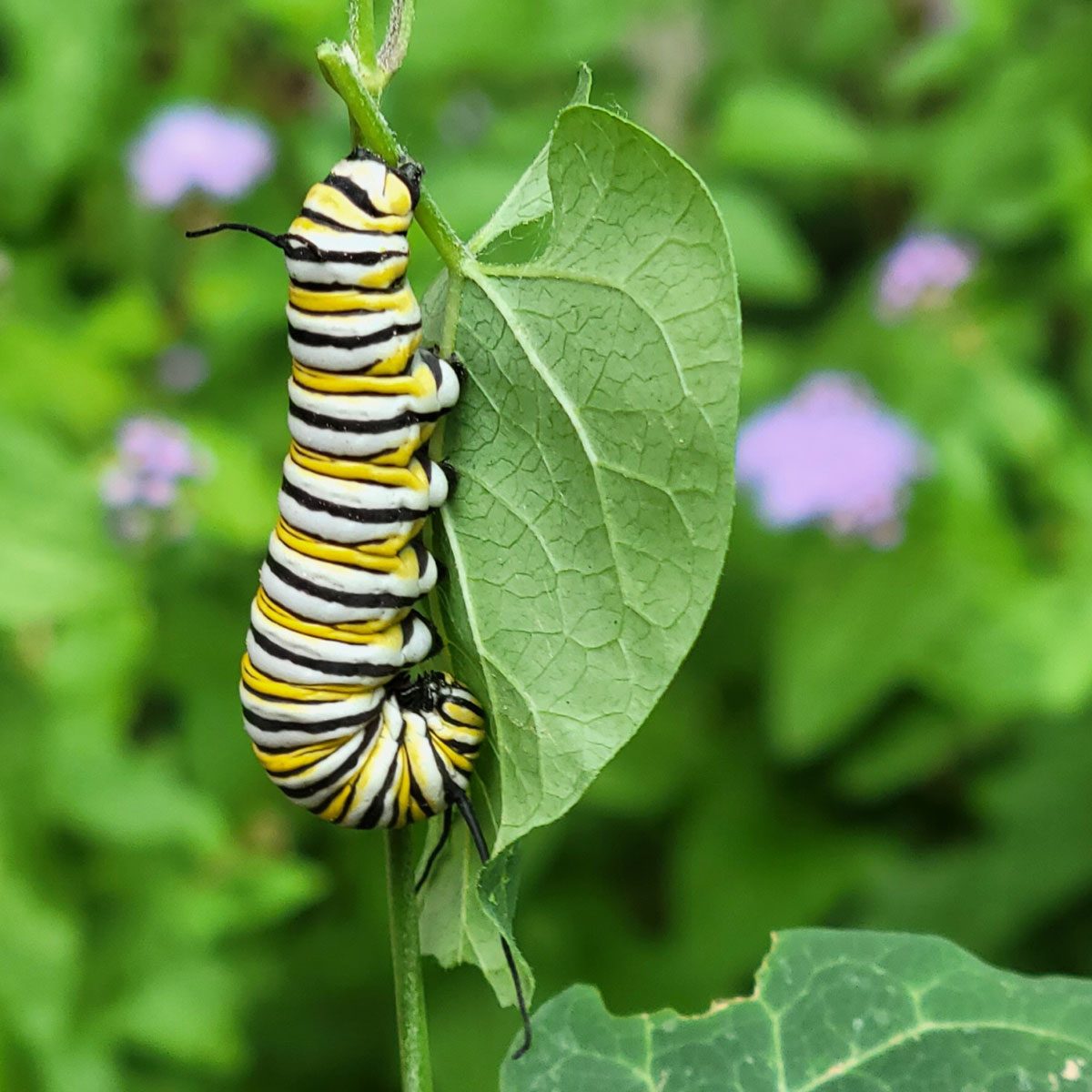
Milkweed
Many of us encourage milkweed to grow in our yards because it’s a host plant for monarch butterflies. When caterpillars eat milkweed, its toxins shield them against predators. But in humans and pets, touching milkweed plants can cause mild skin irritation, and ingesting enough of their toxins can even be fatal.
“Because it plays a vital role in the monarch’s survival, milkweed has an important place in the home landscape,” says horticulturalist Keri Wilson. “Its toxins [in most cases] do not pose much of a likely threat to humans and animals. The taste alone is an effective deterrent.”
Ultimately, milkweed is helpful for humans, too. Native Americans used it for clothing and rope fiber for more than 1,000 years, as well as for food seasoning and medicine to treat ailments from warts to stomach problems. Later, in World War II, the floss (fluffy fibers from the seed pods) was used in military life jackets to make them buoyant.
If you’re worried about milkweed’s toxicity but still want to grow it in your yard, consider planting it behind a barrier to keep kids and pets away. Be aware other plants in milkweed’s dogbane family contain dangerous alkaloids, including allamanda, desert rose, mandevilla, periwinkle and vinca.
Did you miss our previous article...
https://rsssuperfeeds.com/life-hacks/i-tried-the-airhood-portable-kitchen-air-cleaner-and-its-life-changing






